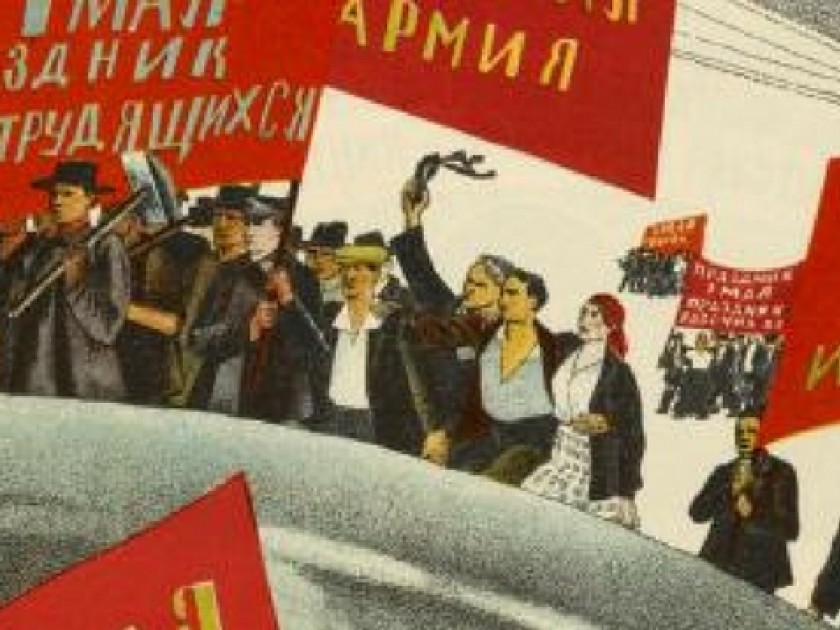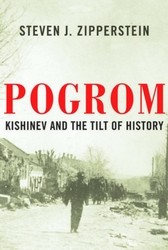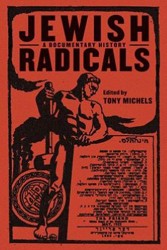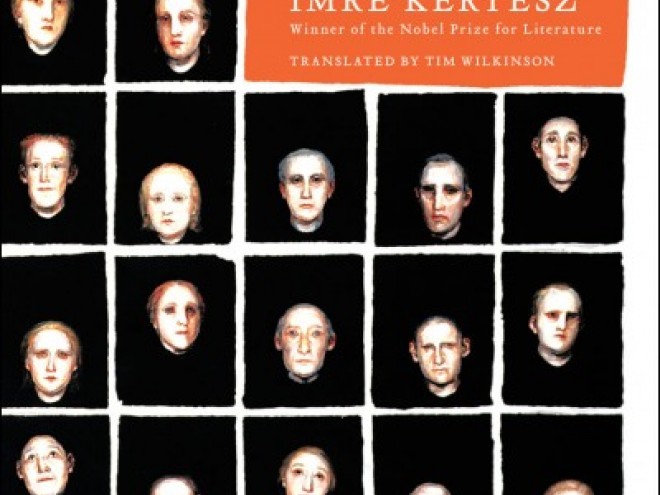Communism retained a vague, if still somewhat sinister potency in the early ‘60s as I came of age in a densely Jewish wedge of Los Angeles a mile or two south of the Hollywood Hills. There was the Emma Lazarus Club, a greyish storefront on a stretch of Pico more Black than Jewish, a mile or so from the Jewish Pico-Robertson neighborhood. I had heard that this was a group favored by Jewish fellow travelers and found myself staring intently at the building as we drove home from my yeshiva high school. My early adolescent mind was certain of the Jacob Frank-like bacchanal going on behind its deceptively nondescript exterior. I also noted how often certain relatives and family acquaintances — their names rarely mentioned again except in whispers or exaggerated grimaces — disappeared not into the clutches of authorities but were thrust out of the clubby embrace of our landsmanschaft gatherings. What I came to understand was that those exiled still had CP membership, or at least sympathies. In my early twenties as I embraced anti-war activities, wearing my hair long and replacing the rock-heavy orthopedic shoes I had always worn with sandals — roughly at the same time I started studying Russian — my mother complained to anyone who would listen that her son was now a communist. A former schoolmate I met just a few months ago all but asked whether I was still a party member.
Thus, Communism in our family circle — which hailed back to a small town in the Lithuanian marshes just beyond Pinsk, this among the more politically inflected regions of the former Pale — was a source of mostly sequestered, if intermittently acute unease. My parents had been born in Chicago, long a CP hub, settling eventually in Los Angeles. There the Communist Party, numbering some 3,000 in the 1930s, included the country’s largest proportion of Jews: 90 percent of its members were Jewish, not including still more numerous non-party supporters. The party’s influence was felt most strongly in the Jewish enclaves of Boyle Heights and Hollywood. Nearly all of this had disappeared by the time I reached my early adolescence, though with a lingering presence — at least in the milieu in which I grew up — much like once-potent, only recently eradicated medical perils such as tuberculosis or polio.
The disinclination to look squarely at Communism’s Jewish allure as a feature of American Jewish life is obvious in its many elisions in historical writings. Barely a glimmer in Judd Teller’s 1966 portrait of Jewish cultural and intellectual life Strangers and Natives: The Evolution of the American Jew from 1921 to the Present; one citation in Charles Silberman’s bestselling 1985 portrait of contemporary Jewish life A Certain People: American Jews and Their Lives Today; no index entry in Howard M. Sacher’s more than 1,000-page A History of the Jews in America, published in 1992. True, Jewish party membership was, in terms of its actual numbers, minuscule and depleted, on and off, since the late 1920s in the wake of the Hebron riots, the Stalin-Hitler pact, mounting anti-Communist intimidation, and news of the eradication of Russia’s Yiddish intelligentsia. And although the Jewish allegiances of Jews devoted to it were, on the whole, tenuous, its resurgence amid the Soviet travails of the Second World War were widely felt and the numbers of fellow travelers, while impossible to calculate with any precision, far exceeded party membership. Communism’s rapid erasure from historical memory was — as the saying goes — anything but accidental.
Yuri Slezkine’s blitzkrieg on Jewish historiography, The Jewish Century, makes much the same point with regard to the role of Jews in the making of the Soviet Union. This is further elaborated in his recent book, The House of Government. In a fascinating tome, resembling a metropolitan telephone book (1123 pages) but reading, in no small measure, like a lengthy Jewish wedding list, Slezkine reminds us of the extent of the Jewish presence in at least the first years of Bolshevik rule: The head of state was then Sverdlov, chief negotiator at Brest-Litovsk Joffe (born a Karaite). Then there was, of course, Zinoviev, Kamenev and Trotsky alongside the now lesser known but once-famed jurist Stolts, the head of the Communist International Piatnitsky, the famed journalist Koltsov, famed foreign trade expert Karsin, famed economist Larin, Chekist Uritsky as well as Radek and Bela Kun. The belief was then rife that Lenin’s original name was Zederbaum. Heading anarchist/sometime Bolshevik-ally Makhno’s Cheka-like arm was a Jew; so was the ubiquitous translator, later financier Alex Bomberg who helped Louise Bryant and many other reporters negotiate the turbulence of 1917. Odessa Jew Steklov would be the longtime editor of Izvestiia, the Bundist Liber was among the pre-October Soviet’s most visible figures, the Menshevik Martov was widely regarded, even during his decline as an influential leader in 1917, as Marxism’s most subtle contemporary thinker. Zvi Gitelman has astutely likened the shock of Jews running the Bolshevik government between 1917 and ’21 to what it might have felt for the whites of Mississippi in 1950 to having an African-American as governor or chief of the state police.
Much the same scenario was replicated at or near the top of the U.S. Communist food chain: Longtime leader Joseph Pepper, mass agitator Max Bedacht, literary enforcers Michael Gold and Alexander Trachtenberg, political tacticians Lovestone, Shachtman and Gitlow, millionaire founder of International Publishers Heller, and Bertha and Samuel Rubin who started the party’s official publishing house the Workers Library. Probably no less than 50 percent of the cultural apparatus of the party was in the hands of Jews in the 1930s and ‘40s, with the vast majority of those engaged in interracial work, then a Party priority. “The Jewish group …later came to dominate leftwing affairs in a degree all out of proportion to its numbers,” complained Harold Cruse in the Black nationalist denunciation, The Crisis of the Negro Intellectual. Freiheit’s circulation in 1925 was 22,000 with the subscription base of Daily Worker no more than 17,000. Breakaway groupings headed by Shachtman and Lovestone were almost entirely Jewish. This wasn’t, to be sure, an international phenomenon: far less true for, say, England or France, but certainly the case in interwar and postwar Poland, Hungary, and Romania.
The number of Jewish party members was nearly always tiny, with the outsize presence of Jews in Soviet Russia’s Communist Party a temporal phenomenon far less disproportionate already by the mid- or late-1920s. But whatever its allure for Jews, the topic remains to this day, of course, achingly difficult to air coherently because of its presence as a crucial ingredient in the toxic arsenal used by anti-Semites to defame and attack. The belief that a penchant for both communism and, for that matter, capitalism is somehow intrinsic to Jews — these patently contradictory but sharing, as some continue to insist, reliance on a conspiratorial intelligence and on forces hidden from view — remains a stubborn fixture of contemporary life. Russian TV’s new multi-part series on Trotsky as the true fountainhead of the Russian revolution provides fresh evidence that such beliefs retain potency.
Adapted from the author’s keynote address delivered on November 6th at the YIVO Institute for Jewish Research conference.



